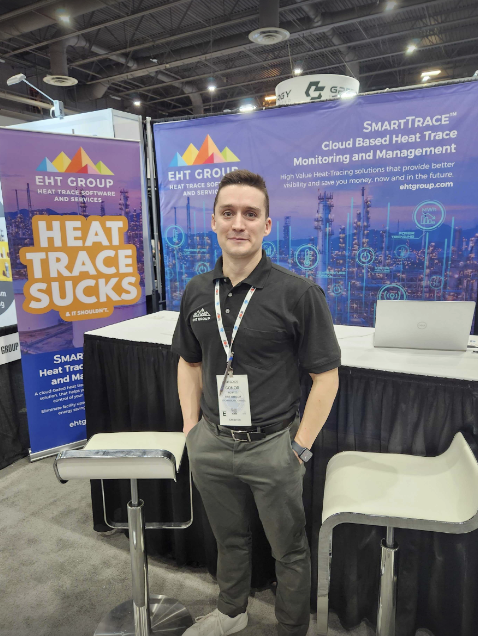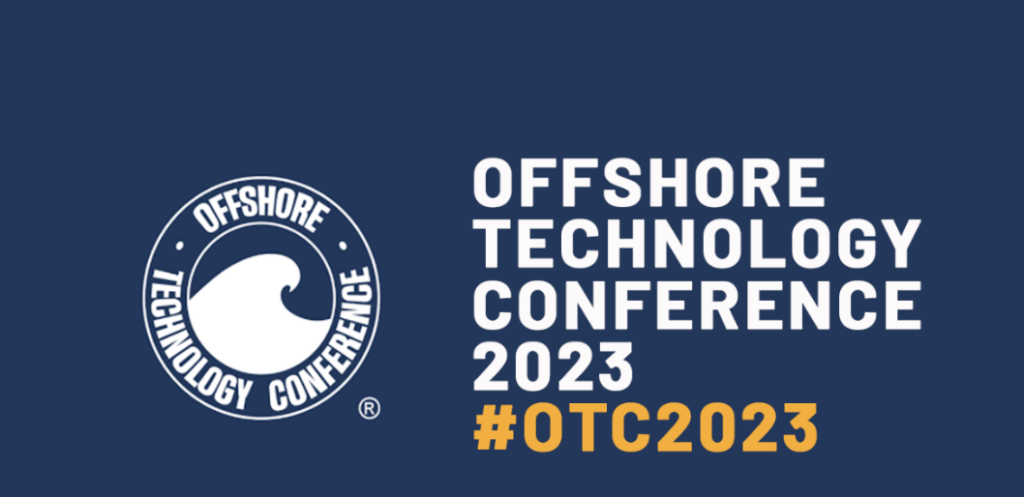We’ve spent the last three months preparing one of our clients to attend their first international trade show and conference as a trade show exhibitor, and these are the trade show best practices we learned along the way when planning our exhibit.
In late 2022, we knew that our client was going to be on the ground at the Offshore Technology Conference in Houston, TX. Even though the conference was in April 2023, we didn’t waste any time. Thankfully, we have a great deal of experience on our team with live events, but with every conference there is always some part of it that is new and unfamiliar. Here are some trade show exhibitor best practices we recommend when planning to attend a conference as an exhibitor.
Location! Location! Location!
Once we got word that our client was going to be attending OTC, we immediately googled the location. It was important to understand where the closest hotels, shopping centres and most importantly shipping centres were located. We wanted to have a clear idea of where these amenities were just in case we needed some last minute supplies, but also understand how far from the venue we could stay, and for the client who was landing the morning of the conference we needed to communicate how long the ride from the airport to the conference centre would be. To be the most prepared, you must understand your surroundings, and the same goes with choosing a booth location.
With a conference on this scale, there were hundreds of booths to choose from. We did some research early on to ensure we were located in a section of the centre that included exhibitors from similar sectors, but that were also Canadian. As a Canadian company, we wanted to be close to the Canadian exhibition as well. Many conferences and trade shows will provide a map that lists all of the exhibitors, and this is a great way to decide where you should secure your booth.
What Is Required?
The first step we took was to understand what is required to attend the conference as an exhibitor. The OTC had a very robust list of exhibitor resources which made it easy to navigate in terms of what we needed to do to register for the conference, but also what to do once we were confirmed and ready to build out our footprint. From the moment we registered we knew that we needed to secure
- Furniture and carpeting for the booth
- Electricity for the booth
- A television to showcase a demo
The OTC uses various third party vendors to fulfil some of these requests, which was a bit tricky to navigate at first, but thanks to their exceptional customer service we were able to get the answers we needed to ensure our footprint was successful.
Marketing & Sales Assets
Once we had an understanding of what we needed to furnish our booth, we moved on to what we needed from a sales and marketing perspective. We secured a 10×10 booth which didn’t give us a lot of room to work with, but we knew that we wanted to grab people’s attention without crowding our space. We reached out to our friends at MGS Marketing, who helped us design an 8×8 media wall and pull up banner. The media wall is a great investment for our client, since it can be used for future events and the backdrop can be easily changed if necessary, while the accordion frame is easy to dismantle and is compact for easy travel.
From a sales perspective, we knew we needed an efficient way to capture emails. We first started with designing fresh new business cards for the team, and then we created a very simple and comprehensible handout for engaged visitors. In the weeks leading up to the conference, we found out that there was an option to purchase a scanning app that allowed you to scan the badges of attendees to capture their contact information. This was well worth the cost, and we were able to seamlessly capture valuable information for us to connect with potential prospects.

Plan it Out
Once we had our marketing and sales assets delivered, we met with the client in their office and we popped up the banners to fully understand the scale of our booth. We had different conversations about adding additional furniture, but after this walk through where we taped the scale of the booth on the floor we realized that there was no additional space. We needed the booth to be captivating and functional, and planning it out to scale was a great way to see how we can set up the booth to reach these goals.
Planning for a conference of this scale, and from a different country can be challenging. However, giving ourselves ample time to prepare these assets gave us a great opportunity to plan our attendance perfectly. There are additional elements that you need to consider when planning to be on the ground at a conference or trade center of this scale, so we encourage you to take a look at our blog, “Trade Show Best Practices,” for more tips. For more information or support around planning your presence at a trade show, connect with us.

